Navigating the complexities of international shipping can be daunting, especially when importing goods from China. Understanding the entire shipping procedure—from sourcing and ordering to customs clearance and final delivery—is crucial for a seamless and cost-effective experience. This comprehensive guide breaks down each step of the process, ensuring you have the knowledge to manage your imports efficiently. Partnering with a trusted logistics provider like Dantful International Logistics can further streamline the journey, offering reliable, high-quality services every step of the way.
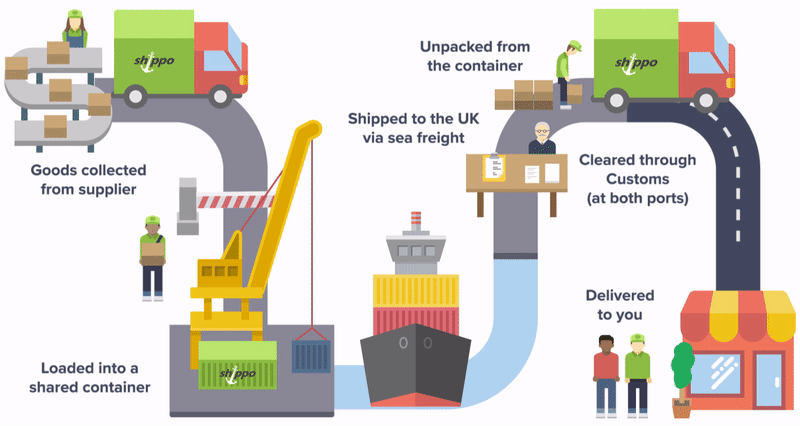
Table of Contents
1. Initiating the Purchase and Setting Terms
Sourcing and Ordering
The initial step in the shipping procedure involves identifying a reputable supplier in China. This is crucial as it sets the tone for the entire transaction. Once a supplier is identified, the importer (consignee) places an order for the desired goods. This involves requesting a detailed quote, which includes a breakdown of the costs associated with the product, shipping, and any other incidental expenses. The quote should be carefully reviewed along with the proforma invoice provided by the supplier. This invoice serves as a preliminary bill of sale and outlines the terms of the transaction.
After reviewing the quote and proforma invoice, the next step is to finalize the purchase order. This document officially confirms the buyer’s intent to purchase the goods and should be aligned with the terms discussed. It is essential to ensure that all details are accurate to avoid discrepancies later in the process.
Negotiating Incoterms
One of the critical elements in international shipping is agreeing on Incoterms (International Commercial Terms). These are a set of internationally recognized rules that define the responsibilities of sellers and buyers for the delivery of goods under sales contracts. Common Incoterms used in shipping from China include:
- FOB (Free on Board): The seller delivers the goods on board the ship nominated by the buyer at the named port of shipment. Costs and risks are divided when the goods are on board.
- CIF (Cost, Insurance, and Freight): The seller covers the costs, insurance, and freight to bring the goods to the port of destination. Risk transfers to the buyer once the goods are on board the ship.
- DDP (Delivered Duty Paid): The seller is responsible for delivering the goods to the buyer’s location, covering all costs and risks including duty and customs clearance.
By agreeing on Incoterms, both parties have a clear understanding of their obligations, which helps prevent disputes and ensures a smoother transaction.
2. Selecting a Reliable Freight Forwarder
Choosing a Freight Forwarder
Once the terms are set, the next step is to engage a reliable freight forwarder. A freight forwarder acts as an intermediary who helps manage the logistics of transporting goods from the supplier to the buyer. The selection of a freight forwarder is crucial as it impacts the efficiency, cost, and reliability of the shipping process.
When choosing a freight forwarder, consider the following factors:
- Expertise: The freight forwarder should have extensive experience in handling shipments from China and a deep understanding of international shipping regulations.
- Reliability: Look for a freight forwarder with a track record of timely deliveries and minimal disruptions.
- Service Range: The freight forwarder should offer a comprehensive range of services, including insurance, customs clearance, and warehouse services.
- Cost: Compare quotes from different freight forwarders to ensure competitive pricing without compromising on service quality.
Engaging a trusted freight forwarder like Dantful International Logistics can significantly ease the shipping process, providing a one-stop solution that covers all aspects of international logistics.
Value-Added Services
In addition to basic transportation services, many freight forwarders offer value-added services that enhance the shipping experience. These services may include insurance to protect against potential losses or damages, customs clearance to navigate the complex customs regulations, and warehouse services for storage and inventory management.
Dantful International Logistics Services:
- Dantful Ocean Freight Services
- Air Freight From China
- Amazon FBA Freight Forwarding
- WAREHOUSE Services
- One-Stop Customs Clearance Solution
- Cargo Insurance Services in China
- DDP Shipping Services By Dantful Logistics
- Out of Gauge Cargo Transportation Shipping Services
3. Documentation and Compliance
Reviewing and Storing Commercial Invoice
A critical document in the shipping process is the commercial invoice provided by the supplier. This invoice includes essential details such as the description of goods, quantity, price, and terms of sale. After receiving the commercial invoice, it is vital to review it thoroughly to ensure all details are correct. Any discrepancies should be addressed immediately to avoid issues during customs clearance.
Once reviewed, the commercial invoice should be stored safely as it is a required document for customs clearance. It serves as proof of the transaction and helps determine the applicable duties and taxes.
Additional Documentation
Besides the commercial invoice, several other documents are necessary for a smooth shipping process. These may include:
- Packing List: Detailing the contents of each package.
- Bill of Lading (B/L): A legal document issued by the carrier to the shipper, acknowledging the receipt of goods and the terms of transport.
- Certificate of Origin: Certifies the country in which the goods were manufactured, which can affect import duties and taxes.
Ensuring that all required documents are prepared accurately and submitted on time is crucial for avoiding delays and facilitating a smooth customs clearance process.
4. Arranging Export Procedures
Coordination with Freight Forwarder
Once the documentation is in order, the freight forwarder takes over to coordinate the export procedures. This involves liaising with their overseas partners to arrange the logistics of shipping the goods. The freight forwarder will handle the booking of the shipment, scheduling the transport, and ensuring that all necessary arrangements are in place.
Customs Documentation
The freight forwarder will also ensure that all required export documents are prepared and submitted to the relevant authorities. This includes export licenses if required, commercial invoices, packing lists, and other necessary documents. Proper documentation is essential for a smooth export customs clearance process.
The freight forwarder’s expertise in handling these procedures can significantly reduce the risk of delays and complications during the export process, ensuring that the goods are shipped out of China efficiently and in compliance with all regulations.
5. Transportation and Export Customs Clearance
Booking and Shipping
Once all documentation is in order and the export procedures are arranged, the supplier proceeds to book the shipment. This involves coordinating with the freight forwarder to find an available vessel or flight, depending on whether the goods are being shipped via Ocean Freight or Air Freight. The freight forwarder often has established relationships with shipping lines and airlines, ensuring that they can secure the most cost-effective and timely options.
After booking, the goods are transported from the supplier’s location to the depot or port. It is crucial to ensure that the goods are packaged securely to withstand the rigors of transportation. Proper packaging minimizes the risk of damage and ensures that the goods arrive in good condition.
Export Customs Clearance
The next critical step is export customs clearance. The freight forwarder will prepare and submit all necessary export documentation to the customs authorities in China. This includes the commercial invoice, packing list, bill of lading, and any required export licenses or permits.
Customs officials will review the documentation to ensure compliance with all regulations. They may also inspect the goods to verify that the contents match the documentation. Once the goods pass customs clearance, they are officially in international transit.
Monitoring Transit
With the goods cleared for export, they are loaded onto the vessel or aircraft for international transit. Modern logistics services offer tracking capabilities, allowing importers to monitor the progress of their shipment in real-time. This provides peace of mind and helps in planning for the arrival of the goods at the destination port.
6. Import Procedures and Final Delivery
Arrival and Import Customs Clearance
Upon arrival at the destination port, the goods must undergo import customs clearance. This process is similar to export clearance and involves submitting the necessary documentation to the local customs authorities. The required documents typically include the commercial invoice, packing list, bill of lading, and certificate of origin.
During import customs clearance, customs officials will assess the shipment to determine the applicable duties and taxes. These may include import duties, value-added tax (VAT), and other tariffs. It is essential to ensure that all documentation is accurate and in order to avoid delays and additional charges.
Final Delivery to Consignee
Once the customs clearance is complete and all duties and taxes are paid, the goods are released for final delivery. The logistics of this step depend on the agreed Incoterms. For example:
- Under FOB (Free on Board), the buyer is responsible for arranging transportation from the port to their final destination.
- Under CIF (Cost, Insurance, and Freight), the seller covers the cost of transportation to the port of destination, but the buyer is responsible for the final leg of the journey.
- Under DDP (Delivered Duty Paid), the seller is responsible for delivering the goods to the buyer’s location, including all transportation costs and duties.
The freight forwarder will coordinate the final leg of the journey, ensuring that the goods are delivered to the consignee or the agreed delivery point. This may involve arranging for local transport, such as trucking or rail, depending on the destination.
7. Post-Delivery Considerations
Receiving and Inspecting Goods
Once the goods are delivered, it is crucial for the consignee to inspect them immediately. This involves checking the quantity and quality of the goods against the purchase order and the commercial invoice. Any discrepancies or damages should be documented and reported to the freight forwarder and the supplier as soon as possible.
Filing Claims if Necessary
If there are any issues with the received goods, such as damage during transit or discrepancies in quantity, it may be necessary to file a claim. This can involve coordinating with the insurance provider, the freight forwarder, or the supplier to resolve the issue and seek compensation if applicable. Having comprehensive insurance services can provide financial protection against such risks.
Record-Keeping
Maintaining accurate and organized records of all transactions, communications, and documents related to the shipment is essential. This includes the commercial invoice, packing list, bill of lading, customs declarations, and any correspondence with the freight forwarder and supplier. Good record-keeping practices help ensure compliance with regulations and provide a reference for any future disputes or audits.
By meticulously following these steps and partnering with a trusted logistics provider like Dantful International Logistics, importers can navigate the complexities of international shipping with confidence. Dantful International Logistics offers a comprehensive range of services, ensuring that your goods are transported safely, efficiently, and cost-effectively from China to your desired destination. This partnership allows you to focus on your core business while experts handle the logistics, providing peace of mind and a seamless shipping experience.
Read More:
Shipping From China to the United States
Shipping From China To UNITED KINGDOM
Shipping From China To Netherlands
Shipping From China To ALGERIA
Shipping from China to Saudi Arabia 2024
Sources:
- Incoterms explained: International Chamber of Commerce (ICC)
- Freight Forwarding Best Practices: BIS
- Customs Clearance Procedures: World Customs Organization (WCO)

Young Chiu is a seasoned logistics expert with over 15 years of experience in international freight forwarding and supply chain management. As CEO of Dantful International Logistics, Young is dedicated to providing valuable insights and practical advice to businesses navigating the complexities of global shipping.






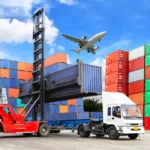


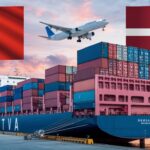
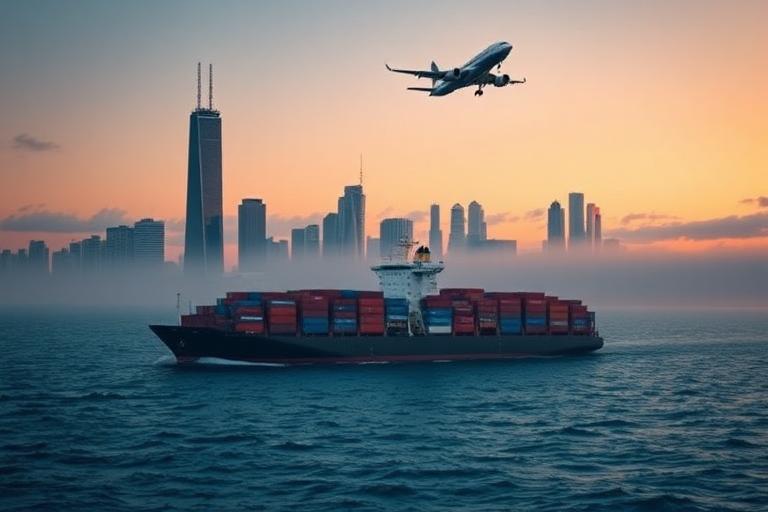
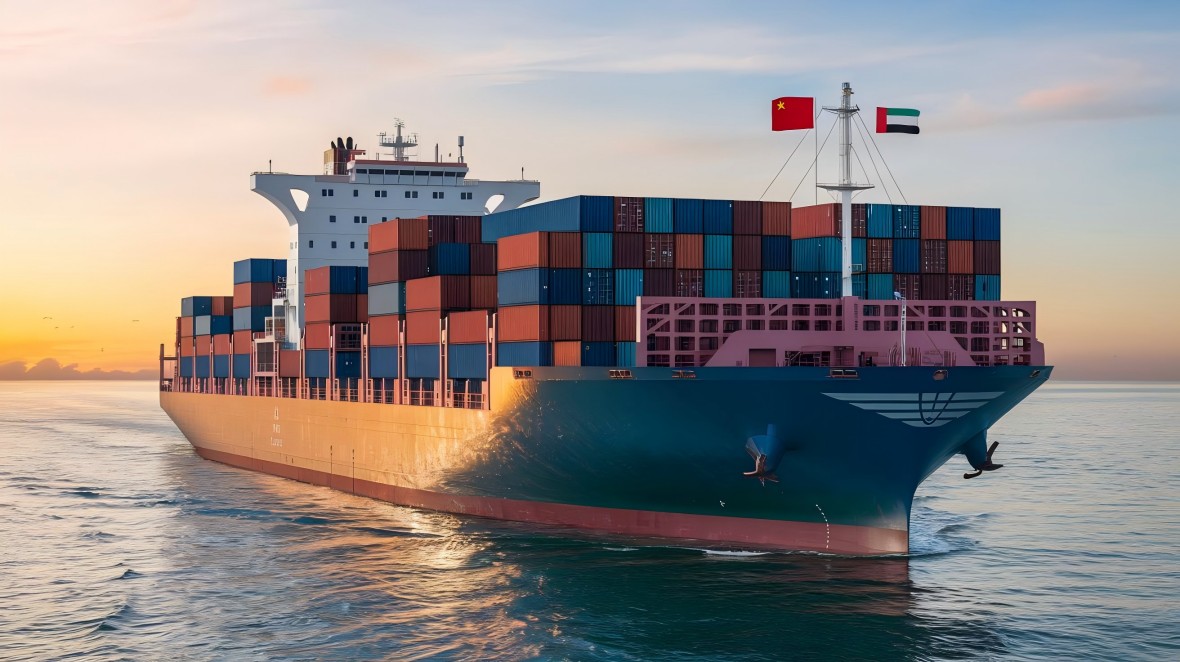
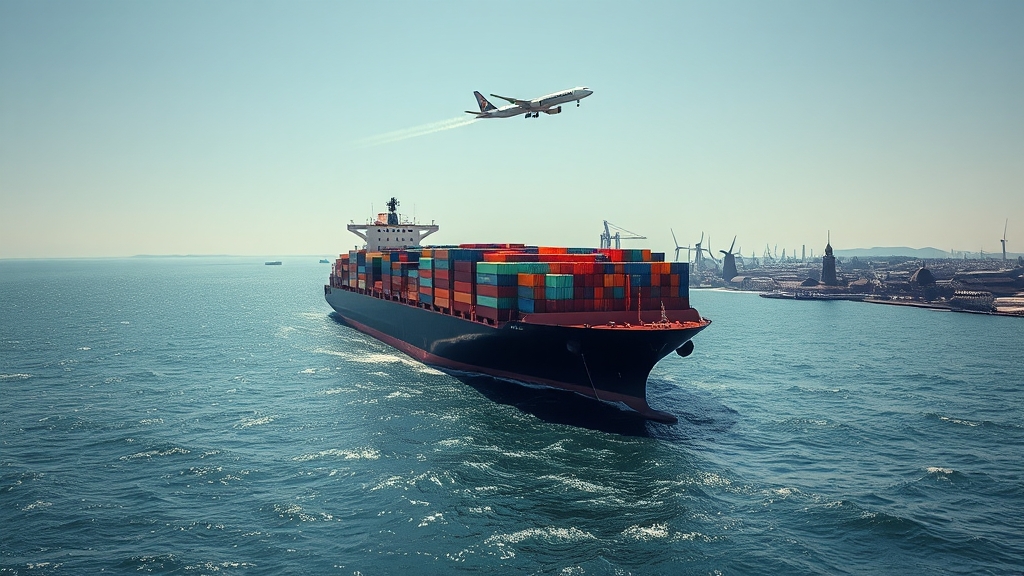
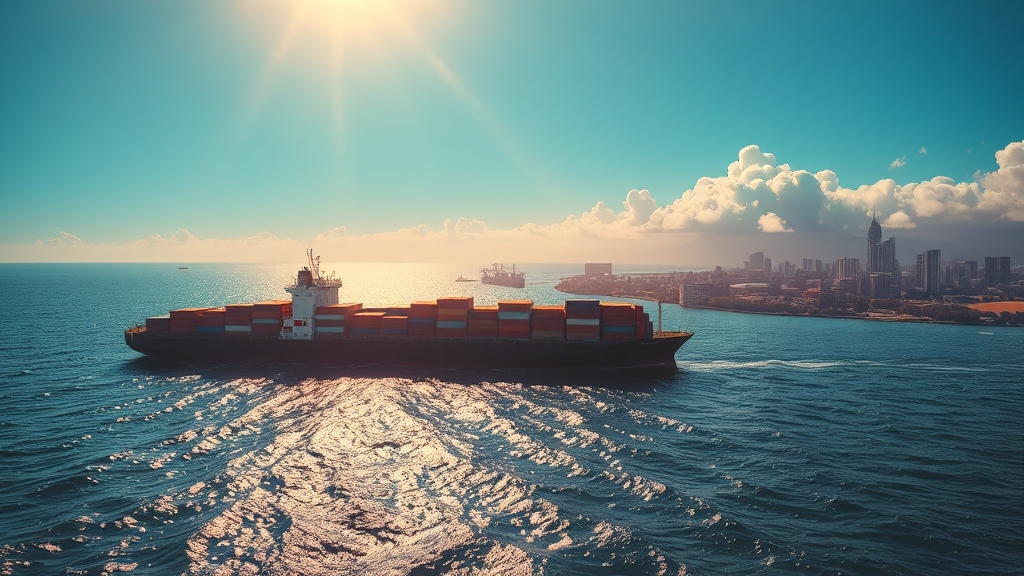
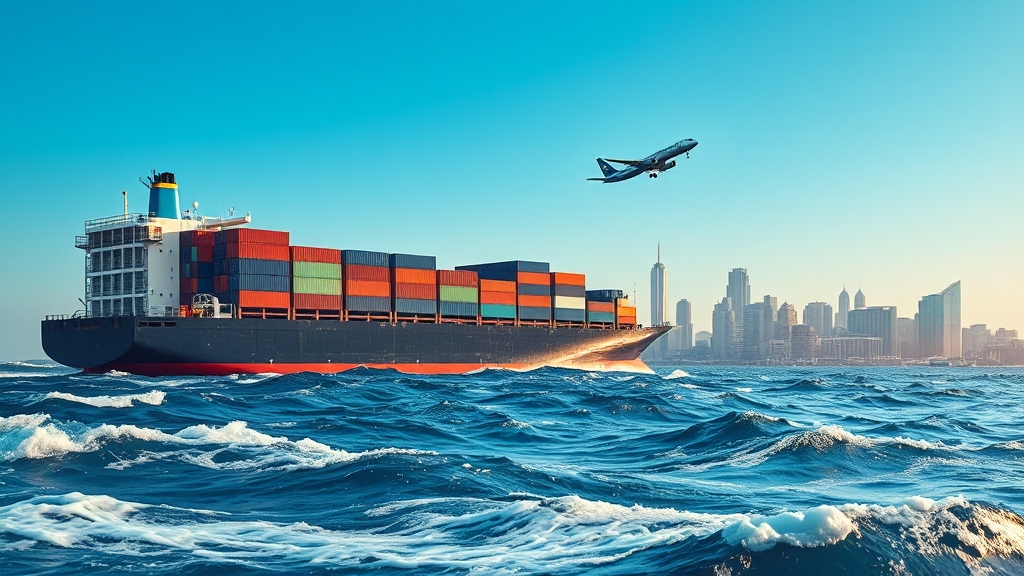





 Afrikaans
Afrikaans Shqip
Shqip አማርኛ
አማርኛ العربية
العربية Հայերեն
Հայերեն Azərbaycan dili
Azərbaycan dili Euskara
Euskara Беларуская мова
Беларуская мова বাংলা
বাংলা Bosanski
Bosanski Български
Български Català
Català Cebuano
Cebuano Chichewa
Chichewa 简体中文
简体中文 繁體中文
繁體中文 Corsu
Corsu Hrvatski
Hrvatski Čeština
Čeština Dansk
Dansk Nederlands
Nederlands English
English Esperanto
Esperanto Eesti
Eesti Filipino
Filipino Suomi
Suomi Français
Français Galego
Galego ქართული
ქართული Deutsch
Deutsch Ελληνικά
Ελληνικά Kreyol ayisyen
Kreyol ayisyen Harshen Hausa
Harshen Hausa Ōlelo Hawaiʻi
Ōlelo Hawaiʻi עִבְרִית
עִבְרִית हिन्दी
हिन्दी Hmong
Hmong Magyar
Magyar Íslenska
Íslenska Igbo
Igbo Bahasa Indonesia
Bahasa Indonesia Gaeilge
Gaeilge Italiano
Italiano 日本語
日本語 Basa Jawa
Basa Jawa ಕನ್ನಡ
ಕನ್ನಡ Қазақ тілі
Қазақ тілі ភាសាខ្មែរ
ភាសាខ្មែរ 한국어
한국어 كوردی
كوردی Кыргызча
Кыргызча ພາສາລາວ
ພາສາລາວ Latin
Latin Latviešu valoda
Latviešu valoda Lietuvių kalba
Lietuvių kalba Lëtzebuergesch
Lëtzebuergesch Македонски јазик
Македонски јазик Malagasy
Malagasy Bahasa Melayu
Bahasa Melayu മലയാളം
മലയാളം Maltese
Maltese Te Reo Māori
Te Reo Māori मराठी
मराठी Монгол
Монгол ဗမာစာ
ဗမာစာ नेपाली
नेपाली Norsk bokmål
Norsk bokmål پښتو
پښتو فارسی
فارسی Polski
Polski Português
Português ਪੰਜਾਬੀ
ਪੰਜਾਬੀ Română
Română Русский
Русский Samoan
Samoan Gàidhlig
Gàidhlig Српски језик
Српски језик Sesotho
Sesotho Shona
Shona سنڌي
سنڌي සිංහල
සිංහල Slovenčina
Slovenčina Slovenščina
Slovenščina Afsoomaali
Afsoomaali Español
Español Basa Sunda
Basa Sunda Kiswahili
Kiswahili Svenska
Svenska Тоҷикӣ
Тоҷикӣ தமிழ்
தமிழ் తెలుగు
తెలుగు ไทย
ไทย Türkçe
Türkçe Українська
Українська اردو
اردو O‘zbekcha
O‘zbekcha Tiếng Việt
Tiếng Việt Cymraeg
Cymraeg יידיש
יידיש Yorùbá
Yorùbá Zulu
Zulu